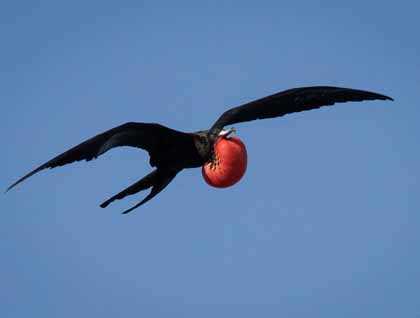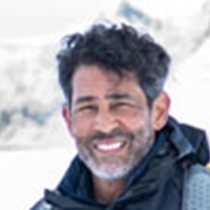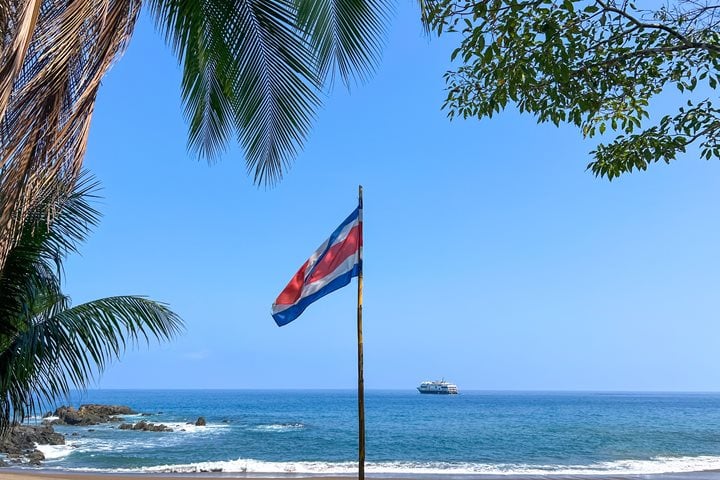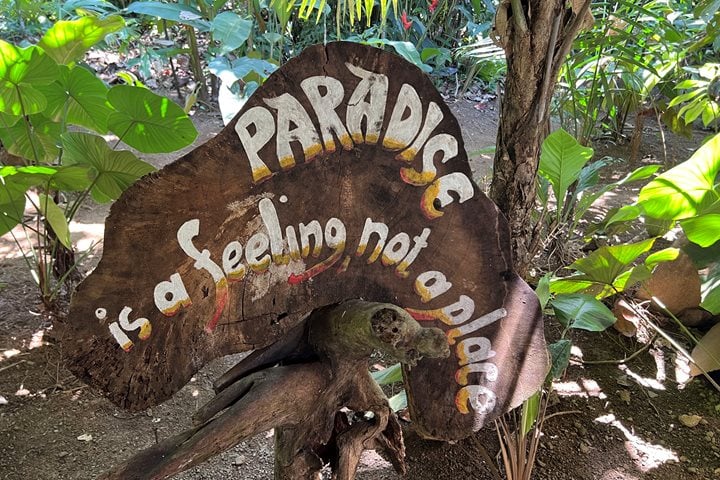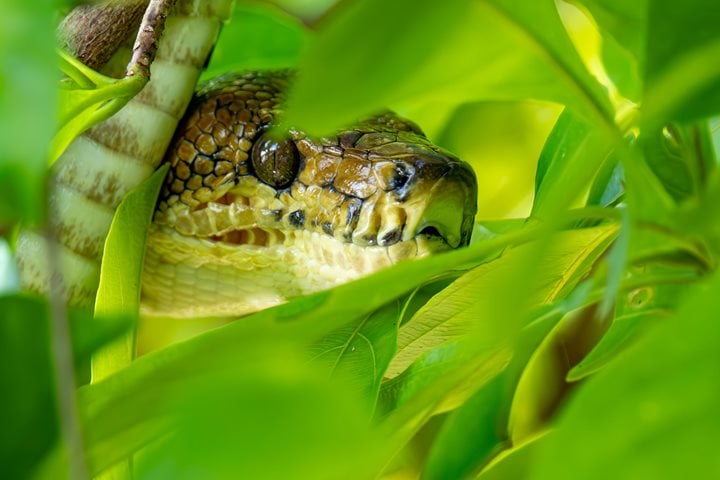It was another peaceful sunrise without a cloud in the sky. The day began with my morning yoga class on the sundeck. After traveling 80 nautical miles during the night and into early morning, we arrived at the beautiful Isla Iguana. This island is mainly accessible during high tide and we hit it perfectly this morning. Iguana Island is an important reserve for iguanas, bird life, coral reefs and forest; covering 15 hectares, it contains 13 of the 20 eastern Pacific coral species, and hosts over 200 species of fish.
We dropped anchor, enjoyed breakfast and then disembarked National Geographic Sea Lion to spend the morning exploring the island. Some of us went hiking and saw the other side of the island that is widely covered in lava rock. We saw many inhabitants such as iguanas and turkey vultures. Others put on the snorkel gear in search of what was on the sea floor: parrot fish,
The birds were an amazing - hundreds and hundreds of frigate birds filling the sky. Here in the Gulf of Panama, warm trade winds blow over this area pulling nutrient-rich water from below, bringing millions of sea birds to this area for nesting.
White sand… warm water… hermit crabs climbing over our toes and birds high in the sky - it was a great morning!
We boarded National Geographic Sea Lion, enjoyed lunch, pulled anchor and got underway to our next destination.
We spent a relaxing afternoon cruising the waters while leaving the Gulf of Panama behind. We made an exciting passing by Azuero peninsula and just south of the peninsula, we marveled at an amazing rocky formation called Los Frailes that we typically pass at dark. We were delighted to observe tese places during the sunlight hours. Along the way, we spotted dolphins swimming alongside with us, all while magnificent frigatebirds and brown boobies flew above.
Later in the afternoon some joined Jose Calvo in the lounge for an introductory talk to photography. We watched yet another beautiful sunset as the sun fell behind the horizon.

